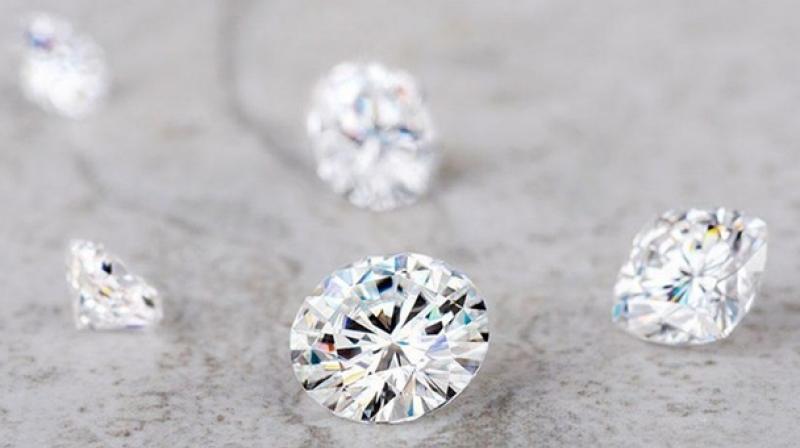At the mention of Moissanite, the thought of diamonds registers in our minds. However, they are not the same despite having a close resemblance. All the same, there are many factors that make diamonds unique and valuable gemstones. Nevertheless, they do not hold a candle to the amazing properties of one particular stone. This is Moissanite.

Moissanite has gained popularity in recent years because it is similar to diamonds but for much less money. It is considered a great alternative to diamonds especially in the making of jewelry.
So, what is Moissanite? Moissanite is a brilliant white gemstone that discovered in 1893 by Dr Henri Moissan who named the material after himself. Moissan spent several years attempting to create synthetic diamonds. However, all tests yielded no results until one day when he directed an electric arc towards carbonized iron ore.
In the electric arc test, he noticed tiny transparent yellowish stones instead of what he expected – diamonds. He was to realize that was not the case. They were something even more valuable, and this substance would later prove to be silicon carbide.
Things to Know About Moissanite
There is a history behind Moissanite. A lot has happened around it up to this day when this gemstone is an important pillar in the jewelry industry. Here are important facts to note about Moissanite:
1. Dr Henri Moissan discovered moissanite from rock samples from a meteor crater located in Arizona. He named the crystals "Moissanite" in honor of himself.
2. Because of its hardness and durability, Moissanite was dubbed 'the diamond of the 20th century.' Moissan suggested his crystals might someday be used in jewelry, something that has come to pass.
3. "Moissanite is a rare mineral found in nature and unique in the gem world. It is a naturally occurring silicon carbide. The chemical composition of Moissanite makes it extremely rare. Centennial, Colorado is the only one place in the world identified as a possible source of this natural treasure.
4. All naturally occurring Moissanite is as a result of an impact of a meteor on Earth.
The heat and pressure that occurs when a meteor strikes our planet produce unique crystals like Moissanite.
5. The heat and pressure of a meteor can produce stunning blues in some gem-quality diamonds. Moissanite also displays an incredible fire and brilliance
Moissanite refracts light more efficiently than diamond due to its greater dispersion (fire). This makes Moissanite appear more brilliant than a diamond in most lighting conditions.
This is the biggest difference between these two gems. Moissanite has an exceptional dispersion of 0.104, while diamond has 0.044. This means that Moissanite has almost double the amount of fire than diamonds.
6. Savvy consumers are increasingly in love with Moissanite. This is so because it is harder than a diamond. This means that it will stand up to everyday wear. Moissanite can withstand even more abuse compared to diamond.
The hardness of Moissanite is 9.25 on the Mohs scale while diamond has a value of 10. The lower the number, the harder the element.
7. Moissanite does not absorb any moisture and can be cleaned much like a diamond
8. It is available in many colors including yellow, orange, green, brown, grey and black. The most popular color of all is the near-colourless or white stones because they look so much like diamonds.
9. Moissanite can be synthesized in the lab. Therefore, it is available in many different shapes including round, oval, pear, heart and emerald cut.
10. In terms of cost, Moissanite is much more affordable than a diamond. The availability of lab-grown Moissanite solutions has been key to this development.
Moissan was the first scientist who synthesized Moissanite crystals in a lab, but today, you can find it as an alternative for diamond jewelry of any color. It looks like a diamond, but the price is much lower and it comes in unusual colors such as yellow and orange.

